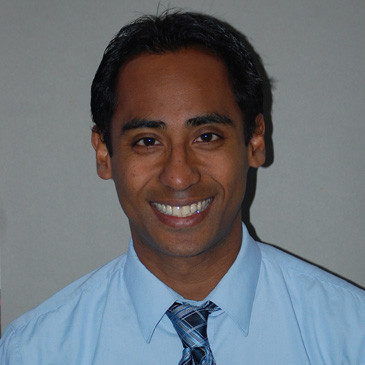Experimenting locally to solve a global problem
Hewlett teacher and students seek a sustainable fuel source
A potential solution to a global problem is being worked on locally with Dr. Terrence Bissoondial, a science teacher at Hewlett High School, as he and his students are using switchgrass in a variety of experiments to possibly produce ethanol.
Switchgrass is a dominant species of the central North American tallgrass prairie and is grown as a renewable energy source crop for ethanol, an alternative fuel source. Ethanol is used as motor vehicle fuel and as a fuel additive and reduces tailpipe emissions of carbon monoxide and other pollutants.
Dr. Bissoondial, who has spent the past decade at Hewlett, said his students have been working in groups of three since September on various projects such as studying genes in plants and how plants can be resistant to salt. He said if they continue to make process on their projects, he believes students can submit them to the 2012-‘13 Siemens Competition in Match, Science & Technology.
“It takes several years to produce a project,” he said about the Siemen’s competition. “Students will continue repeat experiments to understand the growth and will continue to do a lot of background research over the summer.”
Kathryn Hocheberg, a sophomore, said she and her group are researching and conducting experiments about a plant’s germination process. She added that it takes two years for a processed seed to germinate and her group is looking into how they can speed up the germination process.
“If the process speeds up, it’s easier for companies to plant switchgrass to use for biofuel,” she said. “Various factors can decrease the two-year period so the switchgrass can grow better and the people who are using it can produce ethanol more frequently.” With fossil fuel supplies being depleted and costs rising, scientists are finding it easier to work on finding biofuels that are less harmful to the environment, Hocheberg said.
One of the great things about working in a high school is there are so many students with different interests, Dr. Bissoondial said “They keep the passion for science alive,” he said. “Since we’re not just working on one project, I have to become specialized in all these fields. I’m finding out many of these things with them.”
Sophomore Ben Kramer is in Dr. Bissoondial’s biotechnology class and is working with his group to find out how to cultivate switchgrass to make a better energy supply. “If this project succeeds, we’ll have a great source of energy for the coming years,”
he said.
Kramer, who said he enjoys working with ‘Dr. B’ because he shows the class techniques and methods so they better understand biotechnology. “Because of this class biotechnology is now a possibility,” said Kramer, who plans to study science, biotechnology or computer science in college.
Hocheberg said she is looking into studying medical research in college and hopes to become a surgeon. “This class has helped me think more critically and develop my hand eye coordination,” she said. “It’s also made me think about things differently.”
Once the data from the projects is obtained, Dr. Bissoondial said he would submit it to the U.S. Department of Energy in Oakridge, Tenn. where he participated in an in-residence professional development program at their National Laboratory last
summer.
“With the price of fuel and availability of fuel decreasing, hopefully these experiments can better people’s lives,” he said.

 50.0°,
Overcast
50.0°,
Overcast 




